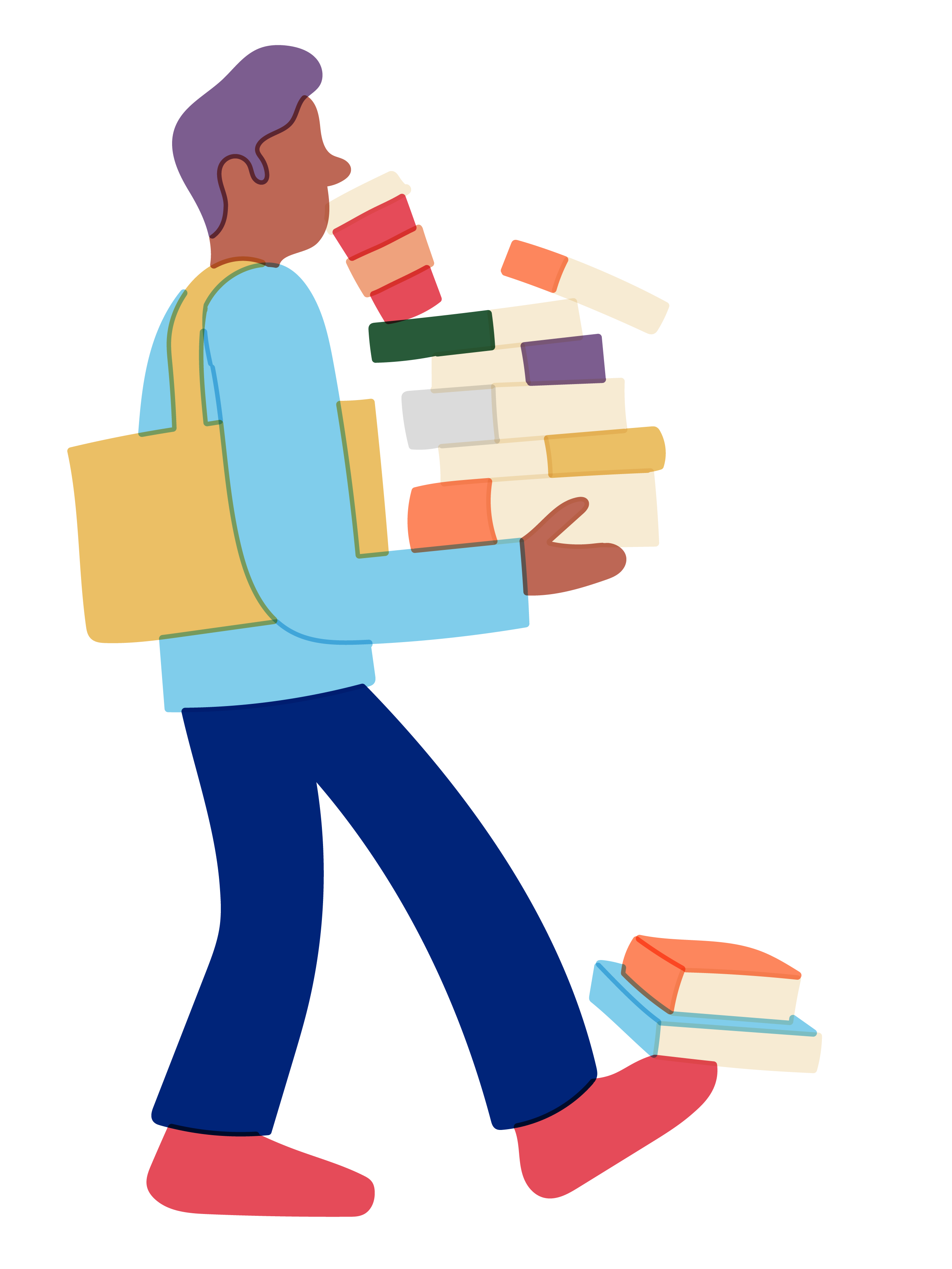Creating shear and moment diagrams is one of the early concepts taught in introductory statics courses and are useful tools for identifying points of high stress in beams. These plots visualize the internal shear force and bending moment along the length of a beam. Here, I’ll show you the basics and walk through a few examples!
Depending on your teacher and textbook, the conventions for drawing shear and moment in a cut beam may vary. The internal shear force in the beam is denoted as V, and the internal bending moment is M. N is the normal force, which doesn’t contribute to the shear or moment.

Below are some common examples of simply supported beams you might see, their free body diagrams (FBD), and the FBD of a cut section of the beam. We take cuts of the beam to conduct a force and moment balance, which allows us to calculate the internal forces acting in the beam to keep the section in equilibrium. Points A and B denote pins holding the beam. As shown in the diagrams, pins are capable of exerting force on the beam, but not moments (rotational force). Additionally, in these examples we will not consider the mass of the beams which would otherwise contribute an additional downward force. If you wanted to consider the mass of the beam, it would be dealt with in the same way as the distributed loads we will examine later.

Here is our first example: a beam built-in to a wall, capable of exerting force and moment on the beam. We start by drawing a FBD of the entire beam, which allows us to calculate Ax, Ay, and MA (though we don’t do so in this example). Next, we make a cut at some arbitrary location x along the beam. We can conduct force balance in X and Y, as well as the moment around a point. In this case, we choose to balance the moments around the cut face.

Now that we have solved for V and M as functions of x, we can plot the shear and bending moment diagrams. Note that V does not depend on x in this example, as there is no change in load through the length of the beam. In the shear diagram, you can see Ay at x=0 and -Psin(θ) at x=L, and in the moment diagram MA at x=0. For both diagrams, any external forces or moments applied to the beam should be drawn in at the location where they are applied.

Next, we’ll do an example using a distributed load rather than a point load.

Like last time, we’ll start by drawing a FBD of the entire beam and balancing the forces and moments. For distributed loads, we can simplify them to point loads as shown below. The force w is being applied over length L, for a total force of wL. Because this force is uniform, the point force equivalent is applied at L/2, or halfway down the length of the beam. This would vary for non-uniform loading.
 Next, we draw the cut FBD and balance the forces again. This time, the distributed load being applied is only wx (w * the length of the section we are examining), and the point load is applied at x/2.
Next, we draw the cut FBD and balance the forces again. This time, the distributed load being applied is only wx (w * the length of the section we are examining), and the point load is applied at x/2.
 Note that this time, V varies over the length of the beam.
Note that this time, V varies over the length of the beam.

In our final example, we will examine a beam where the load profile changes over the length of the beam. There is a distributed load from x=0 to L/2, and no load applied from L/2 to L. Once again, we start by drawing a FBD of the whole beam, and calculating the forces at the supports.
 Next, we will make our cut FBD. Unlike the previous examples however, we will make two cuts. When the load changes over the length of a beam, a new cut must be made after each one. In our case, we make one cut between x=0 and L/2, and another between x=L/2 and L. If there was a point load at 3L/4, we would require a 3rd cut (a cut between x=0 to L/2, a second between x=L/2 to 3L/4, and a third between x=3L/4 to L). The forces and moments must be balanced individually for each cut, and the shear and moment equations only hold true for that section of the beam.
Next, we will make our cut FBD. Unlike the previous examples however, we will make two cuts. When the load changes over the length of a beam, a new cut must be made after each one. In our case, we make one cut between x=0 and L/2, and another between x=L/2 and L. If there was a point load at 3L/4, we would require a 3rd cut (a cut between x=0 to L/2, a second between x=L/2 to 3L/4, and a third between x=3L/4 to L). The forces and moments must be balanced individually for each cut, and the shear and moment equations only hold true for that section of the beam.

Finally, we can draw the shear and moment diagrams. Notice the change in shear and moment profiles at L/2, where the equation defining each changes.
 If you have any questions after reading this post, please leave them in the comments below!
If you have any questions after reading this post, please leave them in the comments below!


Comments